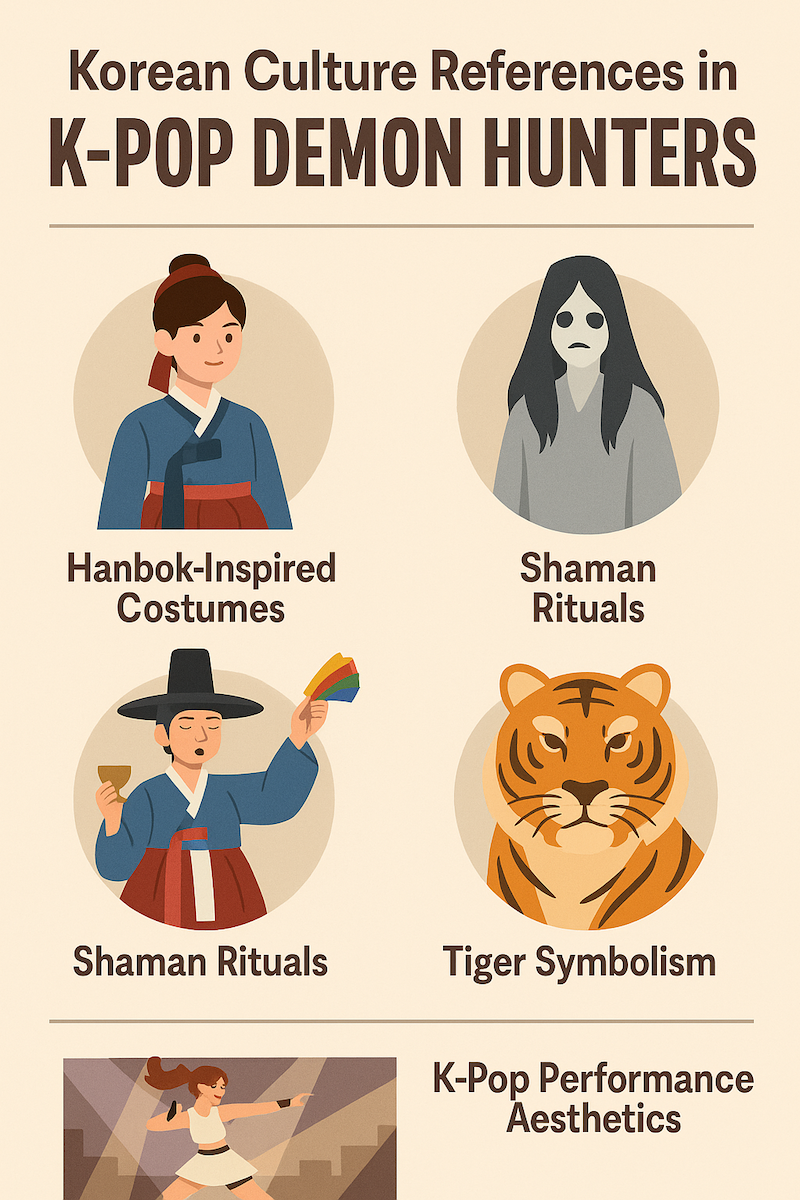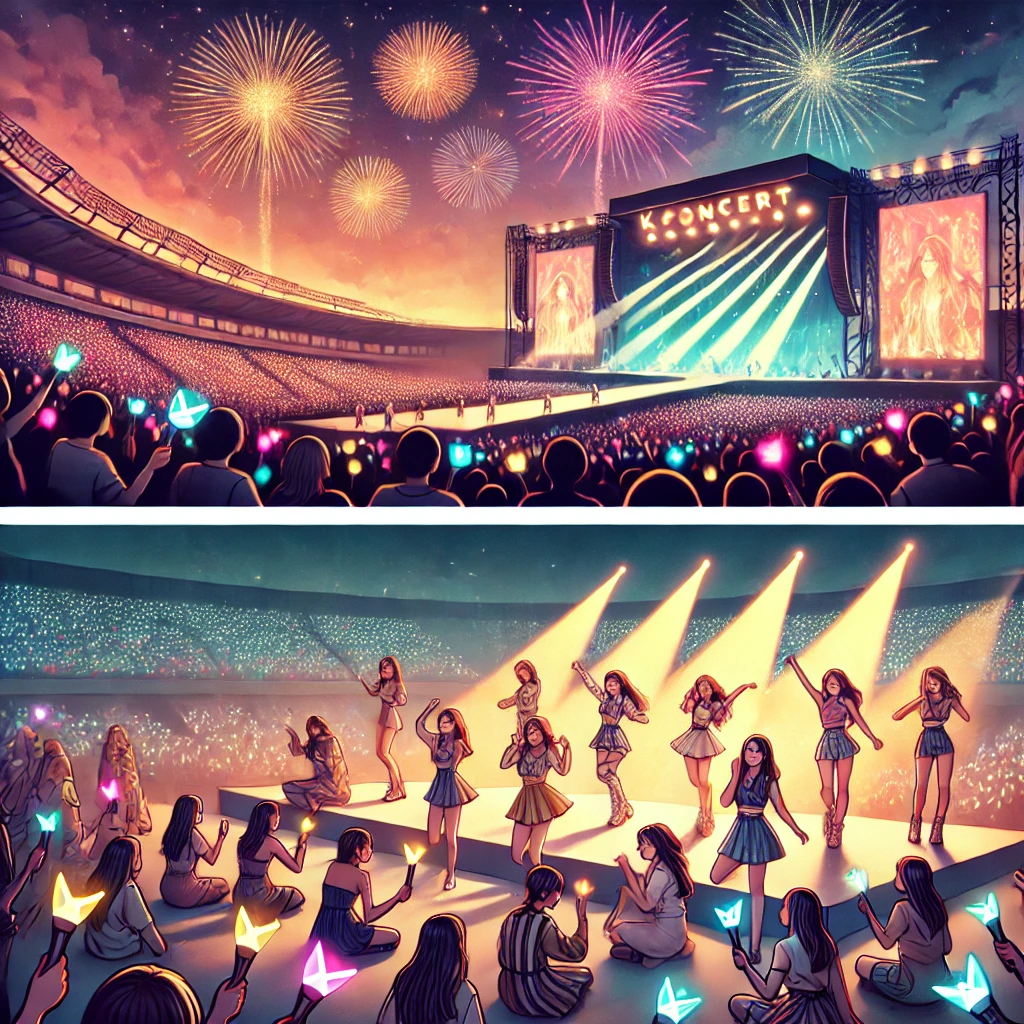Rainy days in Korea come with their own rhythm — the sound of water trickling down the streets, the rush of people with umbrellas moving through subway entrances, and the soft whir of air blowers drying umbrella handles at department store doors. If you have ever visited Korea during the monsoon season or any unexpected drizzle, you might have noticed something quite special: Koreans have mastered the art of keeping indoor spaces dry without wasting plastic umbrella covers.
This is not just about convenience. It’s a fascinating glimpse into how Korea blends technology, environmental awareness, and everyday etiquette into something as ordinary as handling a wet umbrella.
From Plastic Covers to Eco-Friendly Solutions
Not long ago, walking into a Korean building on a rainy day meant grabbing a long plastic umbrella sleeve from a stand at the entrance. It kept floors dry but produced mountains of plastic waste every season. As Korea’s awareness of environmental issues grew, people began to notice how wasteful these covers were. Department stores, government offices, and even schools started phasing out single-use plastics, seeking more sustainable alternatives.
That’s when a new culture began to emerge — the umbrella-drying culture. Instead of giving out disposable covers, many places installed devices that help you shake or blow away the rainwater before stepping inside.
The Two Types of Umbrella-Drying Systems
If you explore Korea on a rainy day, you’ll see two main types of umbrella-drying tools:
1. Manual Umbrella Wipers
These are simple, cylindrical tools installed near subway entrances or building lobbies. You insert your wet umbrella, twist it a few times, and it wipes off excess water using soft internal bristles or absorbent pads. They’re especially common in public transport stations, offices, and smaller stores. They require no electricity, no maintenance, and they fit perfectly into Korea’s practical mindset — quick, tidy, and efficient.
2. Automatic Air-Drying Machines
You’ll encounter these in department stores, hotels, and premium buildings. They look like sleek, metallic boxes with a hole at the top. When you insert your umbrella, a strong stream of air blows away the raindrops in seconds. The air is warm enough to dry the umbrella but not too hot to cause damage. Some advanced models even have built-in sensors that detect when the umbrella is inserted, activating automatically without any buttons.
These machines became especially popular after major department store chains in Seoul replaced plastic bag stands with them. They not only keep floors dry but also enhance the luxurious, tech-savvy image that Korean businesses like to project.
A Step Toward Sustainability
Korea’s shift from plastic umbrella sleeves to reusable drying systems is a small but meaningful step toward sustainability. Plastic umbrella bags used to account for tons of non-recyclable waste every year, especially during the summer monsoon months.
By introducing these eco-friendly systems:
- Waste has been drastically reduced.
- Cleaning and maintenance costs in public spaces have dropped.
- People are slowly adopting new habits that align with Korea’s Green Seoul movement.
This change reflects a broader trend in Korean society — one where eco-conscious design and daily convenience meet. From reusable cups in cafés to paper straws and recycling campaigns, the umbrella-drying culture fits right in.
What It Says About Korean Etiquette
Beyond the environmental aspect, this small detail reveals a lot about Korean manners and public behavior. In Korea, it’s considered polite to avoid bringing dripping umbrellas indoors. Leaving puddles on the floor is not only messy but can be dangerous for others who might slip.
That’s why you’ll often see signs near entrances that say: “Please dry your umbrella before entering.”
It’s not a strict rule — more of a gentle reminder rooted in the Korean sense of community and mutual respect. Even small shops or cafés keep old towels or floor mats near the door for customers to pat their umbrellas dry, showing how collective consideration becomes a natural part of everyday life.
Where You’ll Find Them in Korea
If you want to experience this unique part of Korean life, just visit the following places on a rainy day:
- Seoul Subway Stations: Most stations have manual umbrella wipers near the ticket gates.
- COEX Mall & Lotte Department Store: Known for their automatic drying machines.
- Cafés and restaurants in districts like Hongdae, Gangnam, and Itaewon often provide drying stations near the entrance.
- Public buildings such as libraries, museums, or universities frequently adopt them as part of eco-friendly infrastructure projects.
You’ll quickly realize how seamlessly these tools fit into Korean urban life — quietly improving comfort and sustainability without anyone even noticing.
Why Foreign Visitors Find It Impressive
Many foreign residents and travelers find this small innovation surprisingly impressive. For them, it’s not about the device itself, but about what it represents — Korea’s constant effort to refine daily experiences through smart, people-centered design.
As one expat from Canada once said:
“In my country, everyone just walks in with dripping umbrellas and wet shoes. But in Korea, they’ve turned even that small inconvenience into a clean, systemized process.”
That’s the magic of Korean urban life — everything is designed with efficiency and courtesy in mind.
For Foreigners Living or Traveling in Korea
If you are an expat, student, or visitor running a WordPress blog about Korea, this is the kind of detail that makes your writing feel authentic. When you write about Korea’s rainy season or city life, mentioning umbrella-drying devices adds realism and SEO value.
Tips for your post:
- Add alt-text like “automatic umbrella dryer in Seoul department store” or “subway umbrella wiper in Korea.”
- Include internal links to posts about public etiquette or transportation.
- Use a meta description highlighting Korea’s eco-friendly rainy-day culture.
The Future of Korea’s Rainy Day Culture
As climate change brings heavier rainfall and longer monsoon seasons, Korea continues to refine how it manages wet weather in urban environments. Municipalities are experimenting with smart sensors, eco filters, and AI-monitored systems that detect humidity near entrances and automatically activate drying units.
It’s another example of how Korea uses technology to support public comfort — transforming something as ordinary as a wet umbrella into a symbol of design intelligence and social awareness.
Final Thoughts
So, the next time you find yourself in Seoul on a rainy day, take a closer look before walking into a café or a department store. You might see people twisting their umbrellas inside a metal tube or gently holding them into a warm air machine. It’s one of those small but meaningful habits that reveal Korea’s personality — practical, polite, and always a step ahead in creating comfortable urban experiences.

